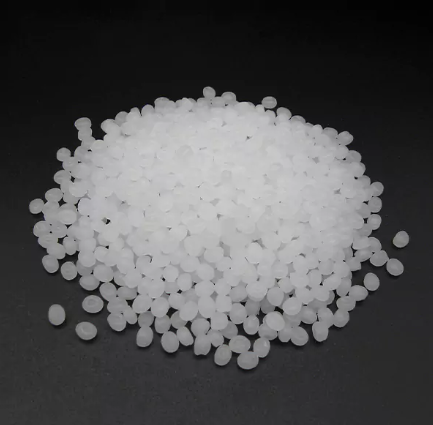Antistatic polypropylene is a polyolefin material modified by the introduction of conductive or hygroscopic substances. It has the function of reducing surface resistivity and inhibiting the risk of adsorption and discharge caused by static electricity accumulation.

The internal addition method evenly disperses antistatic polypropylene in the polypropylene matrix and relies on the migration of molecules to the surface to form a conductive path.
The surface coating method constructs an antistatic layer on the surface of polypropylene by physical or chemical means. Plasma deposition of carbon-based films will rapidly reduce the surface resistivity, but mechanical friction will increase the film thickness.
Environmental stress will affect the performance of antistatic polypropylene. After several hours of ultraviolet irradiation, the oxidative degradation of small molecule antistatic agents will increase the surface hydrophobicity, increase the contact angle, and reduce the charge dissipation efficiency. The microcracks in the matrix caused by wet-heat cycles can increase the resistivity of the coated sample by 3 orders of magnitude after multiple cycles.
Use mature technology to repair the antistatic system. The carbon black particles wrapped in microcapsules release repair agents when mechanically damaged, and combined with the dynamic disulfide bond cross-linking network, the resistivity of the scratched area can be restored to 90% of the initial value within one day. This type of design helps to reduce the monthly attenuation rate of the antistatic performance of antistatic polypropylene.
Copyright © 2024 Suzhou Accom New Material Technology Co., Ltd. All Rights Reserved.